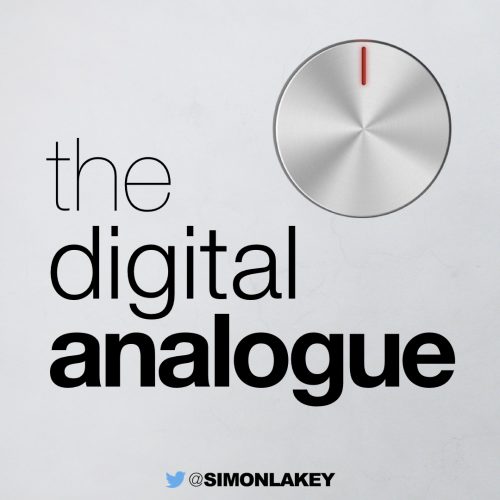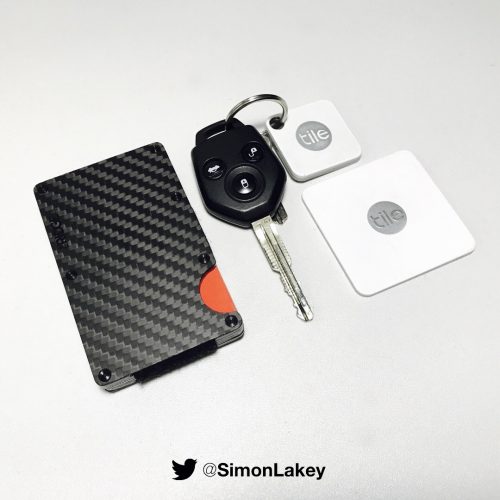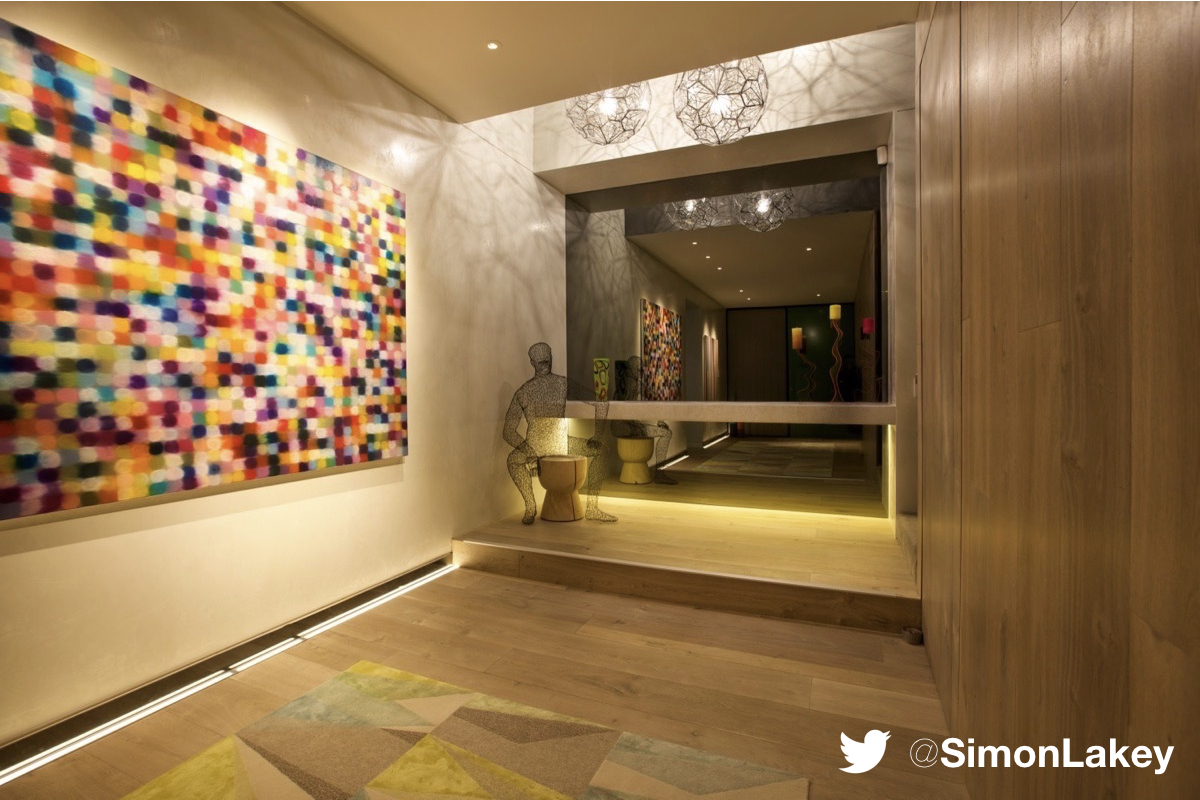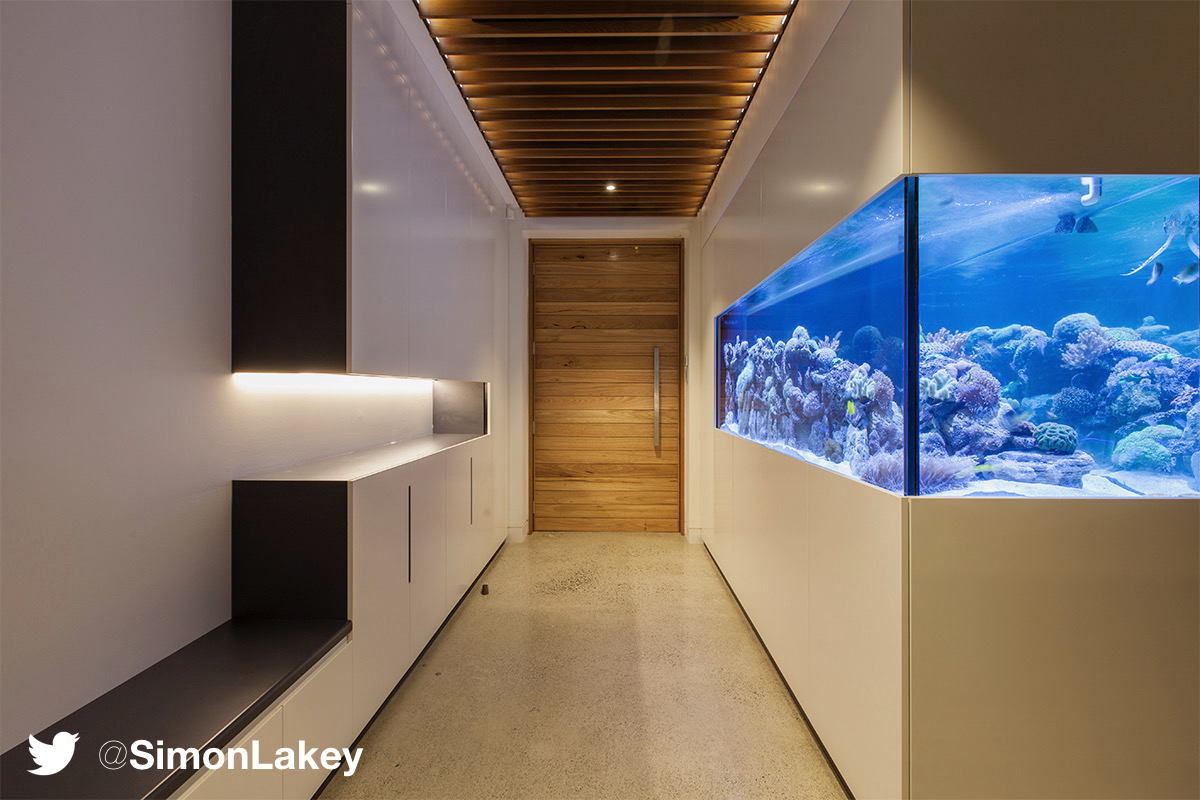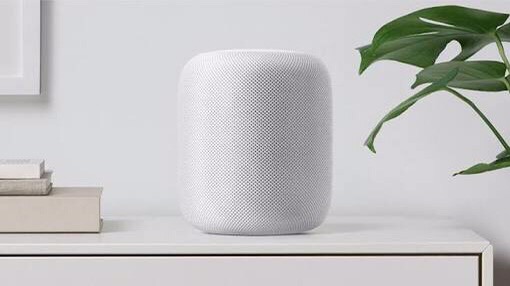In this series of articles, I discuss and review how rooms and areas of a home can benefit from currently available technologies that are key elements of a smart home.
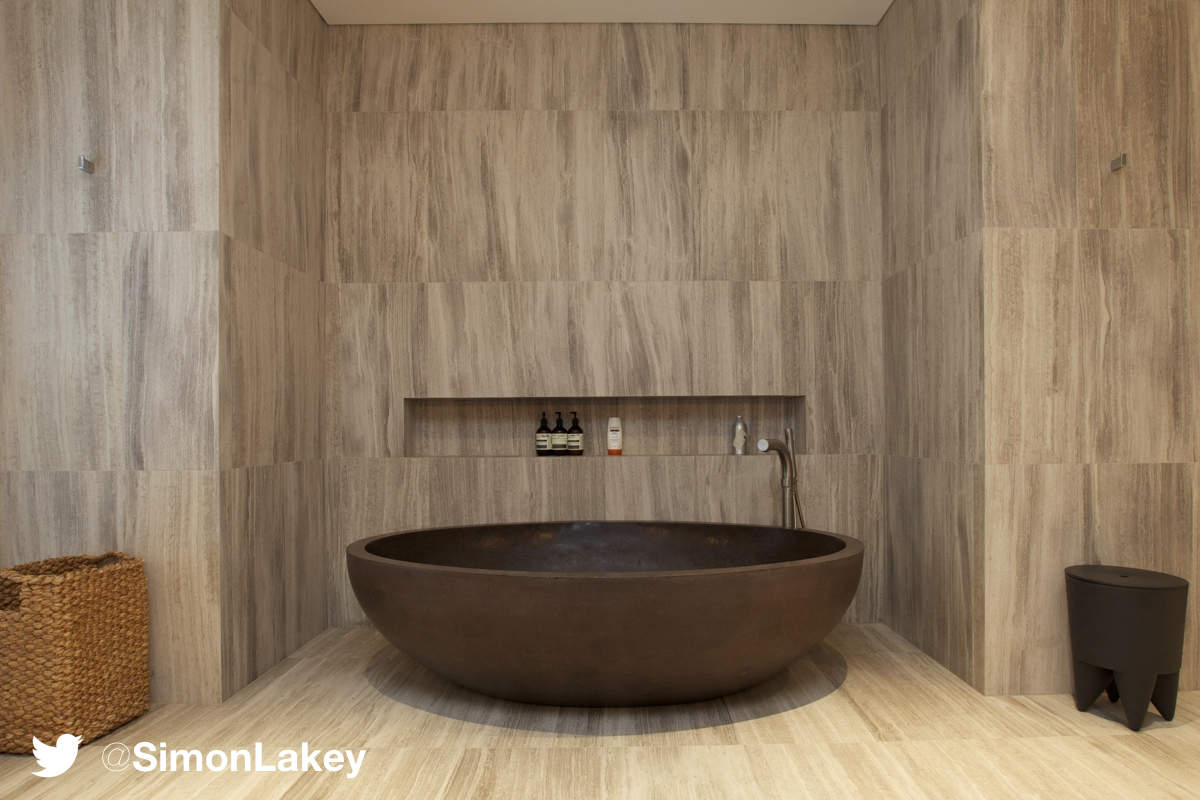
Your sanctuary
It is well known that bathrooms and ensuites are one of the most renovated rooms of a home. These spaces are the heart of the home and greatly enhance lifestyles. Realtors will often advise that a quality bathroom will provide one of the best returns on investment when selling.
With busy lives, homeowners and residents value opportunities for relaxation and recreation. Time spent in the bathroom should be pleasurable rather than stressful. It’s great to start day with positive experiences.
Of all the rooms and spaces within a home, the bathroom is possibly one of the most functionally demanding, and is mostly underrated and overlooked for technology.
Smart lighting
Lighting and lighting control systems can be very functional allowing us to have the best light, whenever, wherever, and however we want. With bathroom applications being so personal, so too can the lighting.
The right type of light needs to illuminate the space for the required application. For detailed tasks of applying make-up, hair, and shaving in front of a mirror, light needs to be even and indirect, without glare or casting shadows. Similarly, for the application of dressing, lighting can be adjusted to provide the most flattering light for the right time of the day or night.
With the lighting application in mind, careful consideration needs to be provided to ensure the appropriate light fixture, with the best type of lumenaire, producing the best quality of light is specified and installed in the right location.
Human centric lighting systems use special light fittings that can change colour – from warm to cool white, optimising light to maximise the intended task for specific times of the day and night. Based on personal preferences and requirements, makeup can be applied to suit a specific environment. Lighting can be automatically or manually changed to suit the intended application.
For general use, ambient lighting should be mostly automatic by using motion and light level sensors to automatically switch lights on and off, and dim when required – automated lighting in a bathroom is extremely useful when implemented correctly. Personalised task lighting will manually override automated functionality when and how it is required.
Functionality can be provided for specific applications – a midnight bathroom visit can be more effectively illuminated, providing just the right type and amount of light without disturbing your night vision, and partner.
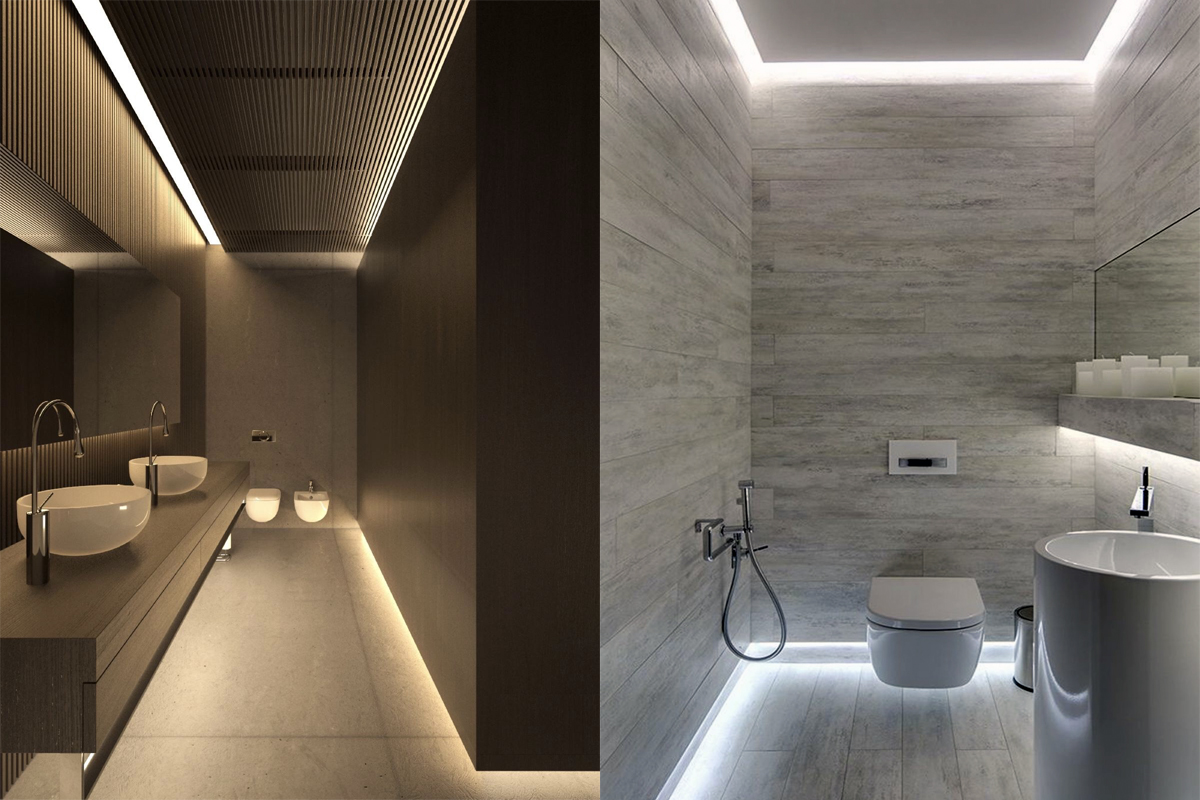
Photos sourced from the internet
Smart fittings
A benefit of a smart home is the ability to automate regular routines. Water taps can be electronically controlled to personalise water temperature and water pressure with a press of a button to provide the perfect shower every time.
Exhaust and extraction fans can be integrated with the toilet, to extract odours directly from the toilet bowl rather than filling the room. Similar extraction fans can automatically remove steam when bath and shower hot water taps are run.
Motorised shades and blinds can raise and lower for privacy at the press of a button, or be automated to counter exterior glare from direct sunlight. Electronic switchable glass can magically change from clear to opaque to provide the ultimate level of privacy for shower screens, partition walls and windows.
Heating, including floor heating, can be automated to warm up the bathroom to a cozy temperature during the winter before you step foot into the room, and switch off when you exit the room. Heated towel rails and towel warming drawers can be automated to provide the perfect towel.
Smart power
Devices such as hair curlers and hair straighteners that plug into power outlets can be automatically switched off after being used, to provide peace of mind that they are actually turned off when you leave home.
Info-tainment
Splashproof televisions provide functional entertainment. There are even special television displays that are mirrors – when switched off are indistinguishable from a normal mirror, but when switched on, an image magically appears from behind the mirror. Displays can also provide notification and alerts of news, weather, stocks etc.
Music and radio keeps you up-to-date with the latest news and tunes, switching to your favourite program when you enter the room to shower, and fades out when you leave.
A smarter bathroom
The bathroom should not only look beautiful but also needs to be functional for each person that uses it. Bathroom technologies don’t need to be extravagant, and should meet the needs and requirements of the user. Technology can help to seamlessly transform your sanctuary to provide a lifestyle changing user experience.
For the ultimate bathroom experience, let me show you how.
Other articles in this series:
Smarter front door

